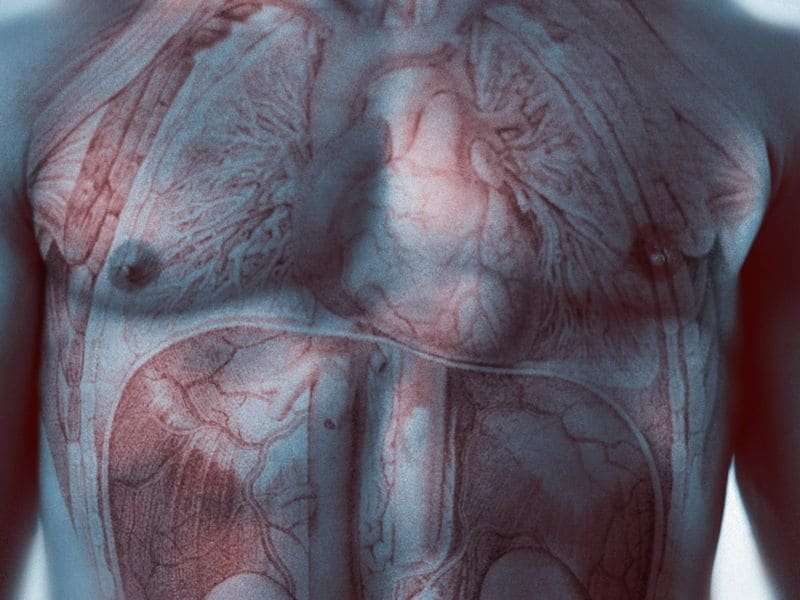(HealthDay)—For patients with acute myocardial infarction (AMI), mortality rates differ based on characteristics associated with race, according to a study published online Nov. 2 in JAMA Network Open.
Garth N. Graham, M.D., M.P.H., from Saint Luke's Mid America Heart Institute in Kansas City, Missouri, and colleagues examined the extent to which nonrace characteristics explained the observed survival differences between 6,402 white and black patients following AMI. Patient characteristics were categorized into eight domains. The authors determined the extent to which each domain discriminated self-identified black patients from white patients by calculating propensity scores associated with black race.
The researchers found that the five-year mortality rate following AMI was 28.9 and 18.0 percent for black and white patients, respectively (hazard ratio, 1.72; 95 percent confidence interval, 1.54 to 1.92; P < 0.001). There were substantial differences in most categories of patient characteristics between black and white patients. Race was discriminated by the cumulative propensity score, with a C-statistic of 0.89; the propensity scores correlated with one- and five-year mortality rates (hazard ratio for the 75th versus 25th percentile of the propensity score, 1.72; 95 percent confidence interval, 1.43 to 2.08; P < 0.001). Patients in the lowest and highest propensity score quintiles associated with being a black individual had a five-year mortality rate of 15.5 and 31.0 percent, respectively.
"Our data suggest that there are myriad characteristics associated with race that likely contribute to racial disparities in AMI outcomes," the authors write.
Two authors disclosed financial ties to industry; one author received a patent to copyright the Seattle Angina Questionnaire with royalties paid.
More information: Abstract/Full Text
Journal information: JAMA Network Open
Copyright © 2018 HealthDay. All rights reserved.
























